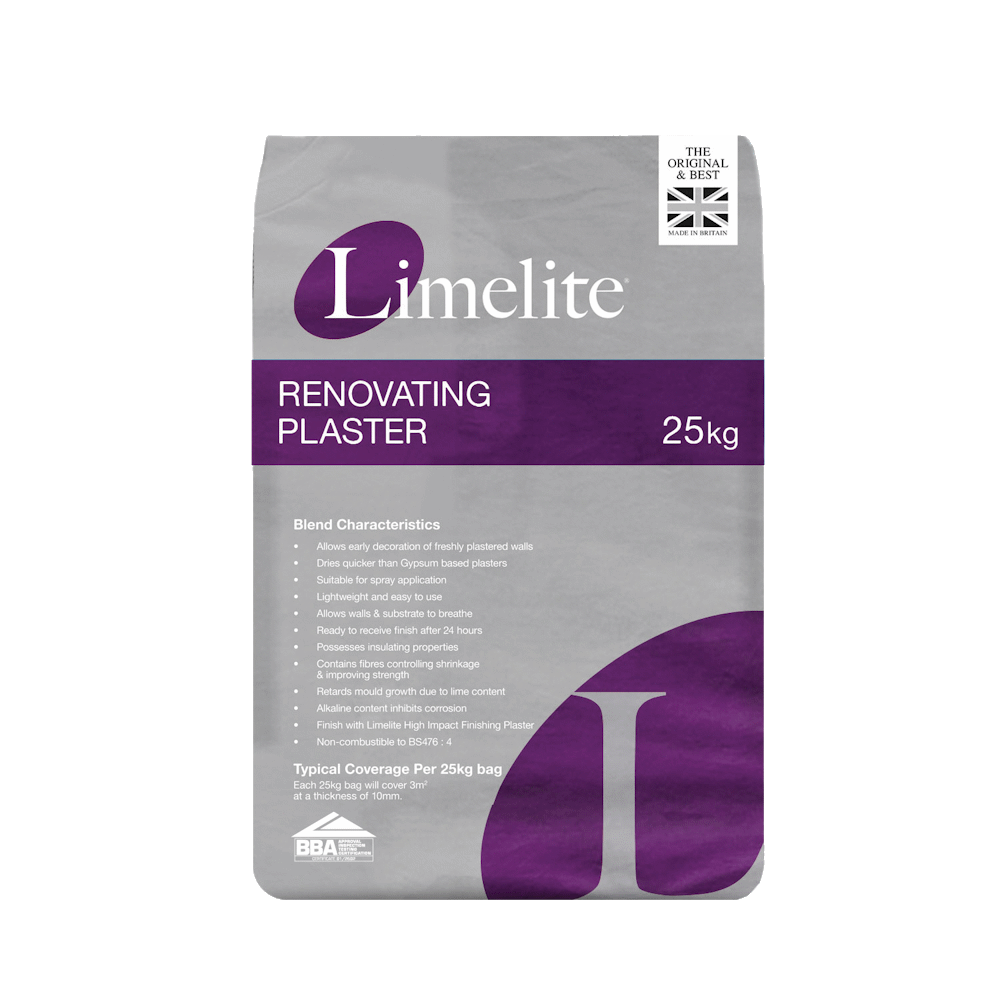Preventing damp and mould in older historic homes
Britain's treasure trove of beautiful historic buildings has a lasting appeal to home buyers and it's easy to see why. Period homes often have character, charm and architectural details that modern houses just can't match. The variety of these homes is remarkable; there are homes dating from the 1600's that are still in use today.
The downsides as any owner will tell you appear in the form of heating bills and high maintenance bills. Solid brick or stone walls mean high levels of heat loss and fewer options for insulation without sacrificing architectural features on the inside or outside of the building. With the rising cost of energy, there is a growing need to make these homes as comfortable and thermally efficient as possible within the constraints imposed by the original structure of the building and any planning requirements.
The problem of heat loss in older homes
Another related problem in older homes is damp and mould, caused by excess moisture remaining on walls and creating the perfect conditions for mould growth. Solid brick and stone walls are particularly prone to this as the cold surface of the wall encourages airborne moisture from cooking, washing or exhaled breath to condense. Damp and mould can also be caused by the lack of a damp proof course or another external source of moisture like a poorly drained roof or gutter. Traditional lime-based materials used to mitigate some of these issues. Lime plasters and mortars are porous and breathable allowing any moisture to be released.
Modern gypsum plasters in older buildings – a bad combination
Using gypsum plasters in older brick and stone buildings can frequently make things worse. Gypsum plasters are hygroscopic and tend to absorb and retain water. Since the 1960s, Gypsum based plaster has been a ‘go-to’ solution for many contractors, as it is cheap, quick and easy to prepare and relatively easy to use. Unfortunately, gypsum plasters are problematic when used on older buildings. Gypsum plasters are poor insulators, meaning that they tend to lose heat and encourage condensation of airborne moisture. This can lead to problems with damp and mould growth.
Where to use modern Lime renovating plasters?
• Older buildings built before 1930
• Solid walled brick or stone buildings used as residential accommodation, offices, hotels, restaurants or as entertainment venues
• Extensions of renovation of older homes with existing lime plaster
• Basement conversions as part of basement lining systems
• Moisture sensitive storage in buildings like museums, galleries or car storage facilities.
• Homes or commercial buildings on flood plains of at risk of flooding
Modern lime plasters for older heritage homes
The alternative to gypsum plaster is to use a modern lightweight lime based renovating plaster. Renovating plasters, such as Limelite from Tarmac, have been developed for use on older buildings. They are designed to combine the convenience, usability and fast drying characteristics of a modern ready mixed building material with the breathability and inherent resistance to cracking of a traditional lime plaster. Unlike a traditional lime plaster Limelite Renovating Plaster and Limelite Whitewall One Coat Plaster need very little time or experience to prepare and contain perlite for lightness and insulating characteristics and fibres to deliver enhanced crack resistance.
Choosing plasters that help make older buildings warmer and easier to heat
Limelite renovating plasters deliver thermal conductivity value on average three times lower than gypsum plasters. This increased thermal efficiency is due to the use of expanded perlite, which improves the insulation properties of the wall – making it warmer to the touch – as well as reducing the density.
How lime plaster can help prevent damp and mould
Modern lime plasters like Limelite are breathable, allowing any moisture that condenses on the wall or held within the fabric of the building to be released. Less retained moisture helps to prevent mould growth. It also protects adjoining architectural features like timber beams, stone or metal fittings from mould and corrosion. Since lime is alkaline, lime building materials also naturally inhibit the growth of bacteria and mould.
Matching the strength and flexibility of existing materials
Limelite Heritage Lime Mortars allow for slight movement and thermal expansion throughout the life of the building. This puts less strain on surrounding brick and stone and reduces the risk of damage to the building. Limelite also offer a range of Hydraulic Limes & Lime Putty.
Matching the breathability of traditional mortars
Limelite Heritage Lime Mortars are modern, lime based cement free mortars used for brick laying, block laying and stone masonry work for internal and external applications. Available in six standard colours Limelite mortars are also breathable, which significantly reduces the risk of trapped moisture, damage to building fabric and mould growth. Eliminating trapped moisture in brickwork reduces the risk of frost damage and significantly improves thermal efficiency.
Improving the thermal performance of listed buildings and homes in conservation zones
Planning restrictions for listed buildings and conservation zones often restrict the kind of modifications that can be made to older buildings to improve thermal performance. Often this rules out full retrofit insulation and means that other options are required. Limelite Renovating Plaster and Limelite Whitewall One Coat Plaster are made with perlite which improves the thermal performance of the plaster. As they are less likely to lose heat to the outside of the building, they will also be warmer to the touch and less likely suffer from condensation of airborne moisture. The fact that Limelite plasters are breathable and release any moisture also improves thermal efficiency as dry walls will generally be more insulating than wet walls.
Choosing the right plaster for barn conversions or extensions to older buildings
Conversion or barns or other historic buildings needs a high level of expertise and careful choice of building materials. Often existing timber, stone or brick work can be fragile. Preserving these materials along with the character of the original building is vital. Careless use of modern plasters or cement-based mortars or renders can damage existing structures by either trapping in moisture or in the case of cement mortars or renders producing a strong, rigid bond that transfers any stresses from movement in the structure into the weaker brick or stone. Limelite plasters and mortars are designed to complement the look of old buildings but also reflect the breathability and natural movement of traditional lime mortars and plasters.


